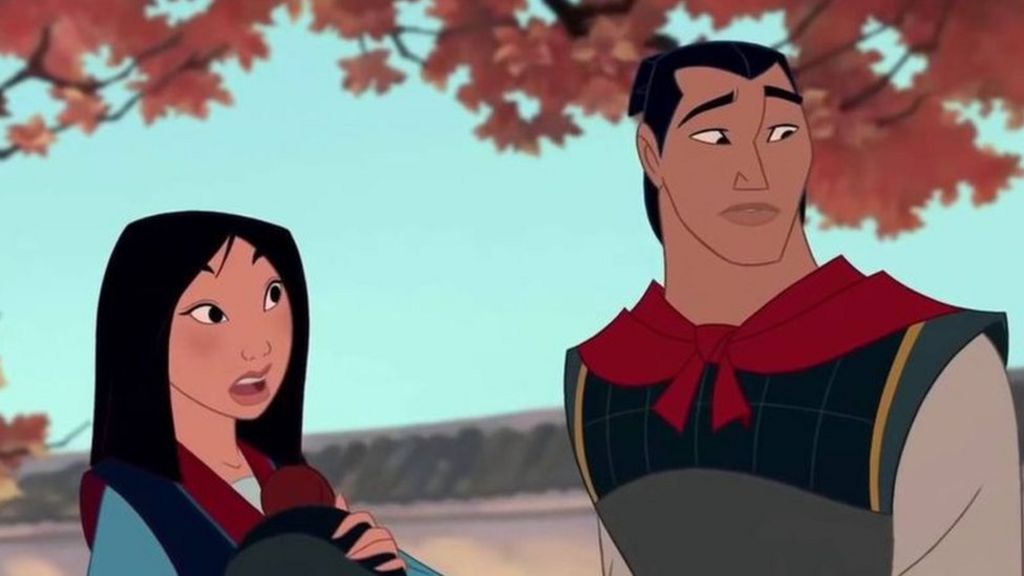

- #Reflection mulan transgender movie
- #Reflection mulan transgender serial
- #Reflection mulan transgender code
In The Thin Red Line book, Corporal Geoffrey Fife is depicted as having a sexual, albeit not romantic, relationship with Private Edward Bead, though no such homosexual depiction is made in the movie version. The lesbians of the film are dispensed with quickly, and Catherine ends up being a villainous murderess. In Basic Instinct, the infamous Catherine Tramell is depicted as bisexual-if not pansexual-merely as a plot point.
#Reflection mulan transgender serial
Meanwhile, when characters were depicted as explicitly queer, they were often up to no good, as in the case in 1980’s Cruising (gay serial killer into leather and chains), the much-lauded films Silence of the Lambs (transgender serial killer who skinned his victims) and Oliver Stone’s JFK (real-life homosexuals Clay Shaw and David Ferrie depicted with very wide dramatic license over their queerness, including a completely salacious orgy scene because these questionable men also had to be… depraved, oversexed homosexuals?).
#Reflection mulan transgender code
During the Hays Code era, the film wouldn’t have been allowed to depict any explicit homosexuality anyway, as it would have fallen under the category of “sex perversion” at the time, which was strictly prohibited so instead it only subtly implies Cairo’s queerness. Joel Cairo, the villain of the famous film, is characterized by his effeminate nature, his flower-scented business card, and the suggestive way he fondles the cane handle of his umbrella. The Maltese Falcon is an early example of the long tradition of coding villains as queers.

Queer coding itself isn’t necessarily a bad thing, as it can be purposefully used as a sort of a wink to a receptive queer audience in an environment that would normally not allow explicit displays of queerness – like Doris Day dressed in buckskins and singing about her secret love in Calamity Jane.īut even since the times of classical Hollywood, gay coding has also been used to inform the audience that a character was probably an untrustworthy sort. Queer coding is the indirect way to “identify” a character as queer, which is to say without explicitly referring to them as such. In film, for example, queer coding has been used pretty much since the emergence of film itself. This reclamation of narratives may even be survival instinct, given the toxic and dangerous ways in which movies, books, and stories have long depicted queer people. As a result, in order to find at least a glimpse of our experiences they’ve had to lay claim to the narratives and stories that do exist, even when queer people are purposefully left out of them. Plagued with portrayals of harmful stereotypes and tropes that paint queer people as deviants, queer audiences have had to stretch their imaginations to see themselves depicted in media channels that have historically been hostile towards and that continue to be obstinate about depicting a more accurate, modern queer world.

In yearning to see their stories reflected in the media, queer audiences have been clamoring for representation and, when there isn’t any, they become adept at co-opting narratives that were never meant for them in the first place. Given the scarce portrayals of LGBTQIA+ characters in media, it may be shocking to learn that, in fact, there is no shortage of queer experiences found in film, literature, and oral histories.


 0 kommentar(er)
0 kommentar(er)
